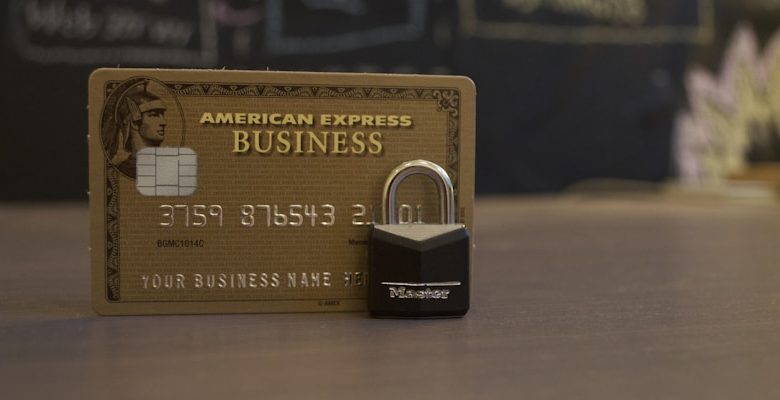Setting Up Your First Crypto Wallet

- Understanding the Basics of Cryptocurrency Wallets
- Choosing the Right Crypto Wallet for Your Needs
- Step-by-Step Guide to Setting Up Your First Wallet
- Securing Your Crypto Assets: Best Practices for Wallet Safety
- Exploring the Different Types of Crypto Wallets
- Tips for Managing and Organizing Your Cryptocurrency Wallet
Understanding the Basics of Cryptocurrency Wallets
Now, let’s delve into the basics of cryptocurrency wallets. A cryptocurrency wallet is a digital tool that allows you to store, send, and receive digital currencies. There are different types of cryptocurrency wallets, including web wallets, mobile wallets, desktop wallets, and hardware wallets. Each type has its own unique features and security measures.
Web wallets are online wallets that can be accessed through a web browser. They are convenient for accessing your funds from any device with an internet connection. Mobile wallets, on the other hand, are apps that you can download to your smartphone. They are great for making transactions on the go.
Desktop wallets are software programs that you can install on your computer. They offer a higher level of security compared to web wallets since they are not connected to the internet all the time. Hardware wallets, also known as cold wallets, are physical devices that store your cryptocurrency offline, making them one of the most secure options.
When choosing a cryptocurrency wallet, it’s essential to consider factors such as security, convenience, and ease of use. Make sure to research different wallets and choose one that meets your needs. It’s also crucial to back up your wallet and keep your private keys secure to protect your funds. Understanding the basics of cryptocurrency wallets is the first step towards safely storing and managing your digital assets.
Choosing the Right Crypto Wallet for Your Needs
When it comes to choosing the right crypto wallet for your needs, there are a few key factors to consider. One important consideration is the type of cryptocurrencies you plan to store. Some wallets only support certain types of cryptocurrencies, so it’s essential to choose one that is compatible with the coins you want to hold. Another factor to consider is the level of security offered by the wallet. Look for wallets that offer features like two-factor authentication and biometric security to keep your funds safe.
Additionally, consider the ease of use of the wallet. Some wallets are more user-friendly than others, with intuitive interfaces that make it easy to send and receive funds. It’s also essential to think about whether you want a hot wallet or a cold wallet. Hot wallets are connected to the internet, making them convenient but potentially less secure, while cold wallets are offline and offer enhanced security but are less convenient for frequent transactions.
Ultimately, the best crypto wallet for you will depend on your individual needs and preferences. Take the time to research different wallets and consider factors like security, ease of use, and compatibility with the cryptocurrencies you want to store. By choosing the right wallet, you can ensure that your funds are secure and easily accessible whenever you need them.
Step-by-Step Guide to Setting Up Your First Wallet
Setting up your first crypto wallet can seem like a daunting task, but with our step-by-step guide, you’ll be up and running in no time. Follow these simple instructions to create your wallet and start storing your digital assets securely.
1. Research different wallet options to find the best fit for your needs. Consider factors such as security features, ease of use, and compatibility with the cryptocurrencies you plan to store.
2. Once you’ve chosen a wallet, download the corresponding software or app from a reputable source. Be cautious of phishing scams and only download from official websites or app stores.
3. Follow the prompts to set up your wallet. This may involve creating a unique username and password, setting up two-factor authentication, or generating a recovery phrase.
4. Securely store your recovery phrase in a safe place. This phrase is essential for restoring access to your wallet if you forget your password or lose your device.
5. Fund your wallet by transferring cryptocurrency from an exchange or another wallet. Be sure to double-check the recipient address to avoid any mistakes.
6. Test your wallet by sending a small amount of cryptocurrency to ensure everything is functioning correctly.
7. Familiarize yourself with the features of your wallet, such as sending and receiving funds, monitoring your balance, and accessing transaction history.
By following these steps, you’ll be well on your way to managing your digital assets with confidence and security. Remember to stay informed about best practices for keeping your wallet secure to protect your investments.
Securing Your Crypto Assets: Best Practices for Wallet Safety
When it comes to securing your crypto assets, it is crucial to follow best practices for wallet safety to protect your investments. Here are some key tips to ensure the security of your crypto wallet:
- Choose a reputable wallet provider: Look for wallets that have a strong track record of security and are well-reviewed by the crypto community.
- Use two-factor authentication: Enable two-factor authentication on your wallet to add an extra layer of security to your account.
- Keep your private keys secure: Your private keys are essentially the keys to your crypto kingdom, so make sure to store them in a safe and secure place.
- Avoid sharing sensitive information: Be cautious about sharing your wallet address or any other sensitive information online to prevent potential security breaches.
- Regularly update your wallet software: Stay up to date with the latest security patches and updates for your wallet to protect against potential vulnerabilities.
By following these best practices for wallet safety, you can help minimize the risk of unauthorized access to your crypto assets and ensure that your investments are kept safe and secure.
Exploring the Different Types of Crypto Wallets
When setting up your first crypto wallet, it is essential to explore the different types available to ensure you choose the one that best suits your needs. There are several types of crypto wallets, each with its unique features and benefits.
One type of crypto wallet is a hardware wallet, which is a physical device that stores your private keys offline, providing an extra layer of security. Another type is a software wallet, which can be downloaded and installed on your computer or mobile device. Software wallets are convenient for everyday use but may be more susceptible to hacking.
You may also consider using a web-based wallet, which is accessible through a web browser and can be convenient for accessing your funds on the go. However, web-based wallets may pose security risks due to potential vulnerabilities in the online environment.
Additionally, there are paper wallets, which involve printing out your private and public keys on a piece of paper. While paper wallets are secure from hacking, they can be easily lost or damaged.
By exploring the different types of crypto wallets available, you can make an informed decision on the best option for storing and managing your cryptocurrencies. It is essential to consider factors such as security, convenience, and ease of use when choosing a crypto wallet that meets your needs.
Tips for Managing and Organizing Your Cryptocurrency Wallet
When it comes to managing and organizing your cryptocurrency wallet, there are a few key tips to keep in mind to ensure the security and efficiency of your transactions.
- Regularly backup your wallet to protect against loss of funds due to hardware failure or theft.
- Use secure passwords and enable two-factor authentication to add an extra layer of security to your wallet.
- Keep track of your public and private keys to access your wallet and make transactions.
- Consider using a hardware wallet for added security and peace of mind.
- Organize your transactions and holdings with labels or tags to easily track your assets.
By following these tips, you can effectively manage and organize your cryptocurrency wallet to ensure a smooth and secure experience in the world of digital assets.



